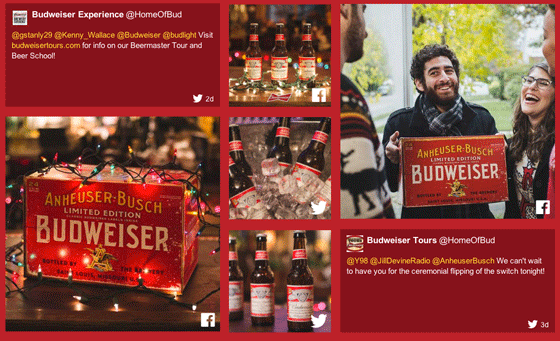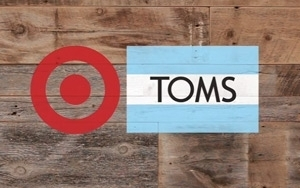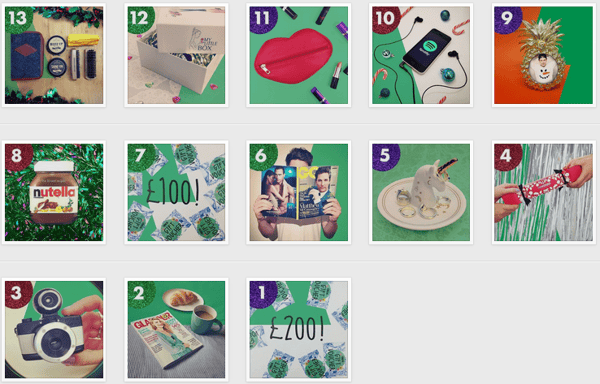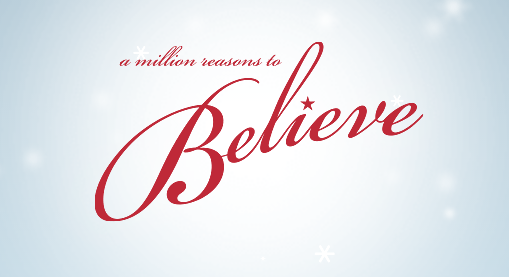Millennial Campaigns that #NailedIt in 2014
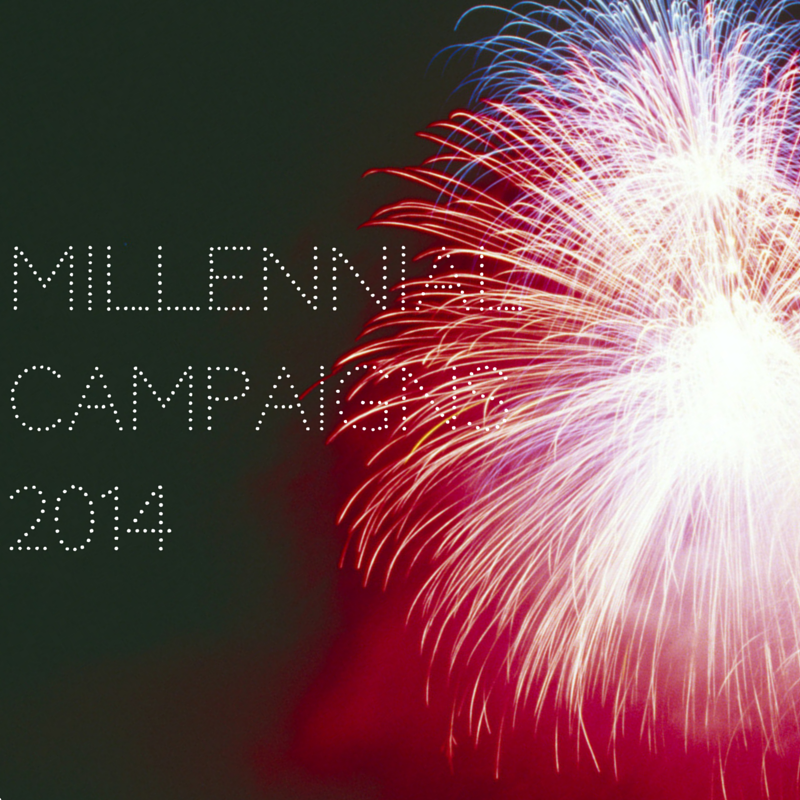
Posted By Colleen Irish on January 06, 2015
Image Credit: Created using Canva; https://www.canva.com/
2014 was undoubtedly the year of the millennials. This group was heralded for finally unseating the long-reigning Baby Boomers as the nation’s largest consumer segment, giving them center stage. And with their fast-approaching successors, Gen Z, these younger consumers appear to have largely tipped the scales in terms of consumer brand priority.
These generational powerhouses have amassed a buying potential of up to $200 billion, and counting. What’s unique about this group of consumers is the challenge they present to brands, as the vast majority of brand marketers still struggle with how to best engage and convert these 17-30 somethings.
But we’ve selected a few of the best-of-the-best holiday marketing campaigns targeted to the millennial and Gen Z audiences. Have a look for yourself and get ready to be inspired:
Budweiser’s 2014 #HolidayBuds
Once owning 14.4% of the massive U.S. beer market, and then dropping to 7.6% in the last ten years, Anheuser-Busch InBev recognized the need to refocus its marketing efforts on the younger consumer, who predominantly favor craft beers. So Budweiser kept the traditional Clydesdales primarily in the stable and tried a new approach that identified with the millennials’ love for connecting with friends, music and nostalgia; even Budweiser’s packaging for the holidays was heritage-inspired, including artisanal wooden crates.
The #HolidayBuds TV spots feature hipsters in their early 20s and 30s yelling out random names when a narrator asks, “If you could grab a Bud with any one of your friends these holidays, who would it be?” The campaign includes a real-life component, as Budweiser takes two lucky people and reunites them with friends they haven’t seen in years. The hometown reunions were then filmed as a sequel to the initial commercial, giving the campaign the kind of reality TV feeling this audience has been raised on, minus the feuding Kardashians.
What’s most impressive about Anheuser-Busch’s feel-good holiday approach is how the company recovered and regrouped after its less than positive Bud Light “Up for whatever” millennial–focused campaign this past September. Hoping to capture younger consumers through experiential marketing, the company attempted to transform a small Colorado town into “WhateverTownUSA” where young people could experience music and fun. Instead, after clearing all town bar taps of anything but Bud Light, painting the streets blue and not-so-secretly paying off the town board $500,000 without residents’ input, the brand ended up leaving a pretty bad taste in people’s mouths.
This calculated campaign designed to create a buzz-generating Budweiser experience turned out not to be “up for whatever,” but rather was too tightly controlled, secretive and antagonistic to town residents. Instead of immersing itself into the millennial and Gen Z “pro-social movement,” the brand produced an anti-social attitude that could have had lasting effects. So in our eyes, they get the “nice recovery” award of the year.
Toms for Target
Toms and Target teamed up this holiday season to offer a limited-edition holiday collection of Toms’ shoes, Toms for Target, hoping to leverage Toms’ popular “One for One” campaign with Target’s limited-edition expertise. With the holiday campaign, Toms and Target go the extra mile with additional items priced under $50; and each purchase triggers a donation, including meals and blankets, in addition to shoes. The Toms footwear brand does an excellent job of marketing to millennials and Gen Z by appealing to this generations’ social consciousness and desire to make a difference. Toms’ business model is based on giving back: with each purchase of shoes, an additional pair is donated to those in need. Kudos to these brands for recognizing an opportunity to make a good idea even better by joining forces and aligning missions in a focused way.
Asos_Advent
Recognizing the power of using social to connect with the millennial and Gen Z crowd, British fashion and makeup retailer ASOS launched its holiday campaign asos_advent in the form of a digital advent calendar on Instagram. Through the campaign, the brand not only posted photos of its own but also encouraged its fans to upload holiday-themed photos themselves using the hashtag #instadvent. Uploading holiday photos gave fans the chance to win the prize of the day, ranging from ASOS vouchers, cameras, free subscriptions and goodie bags. Asos’ social approach mixed with special offers appeals to the younger generation for the fun, visual and wallet-friendly factors.
Macy’s Believe
Macy’s strategy for its 7th annual holiday campaign “Believe” focused on the mobile Web with a beautifully animated site that enables users to participate in a number of holiday activities, including writing letters to Santa, participating in a Guinness World Records challenge, downloading content and purchasing related merchandise. Their tie-in to the Make-A-Wish Foundation makes the magic of the season still accessible for these young, yet grown up consumers by enabling them to do good by holding onto their childhood tradition of writing letters to Santa.
In each of these campaigns, the brand invested the time upfront to understand this generation’s interests, values, preferences and behaviors to develop campaigns that speaks directly to their unique sensibilities.
So, as you’re looking ahead at new ways you might connect with this key audience, think about what made these campaigns work. Use them to help inspire your own strategies for engagement in 2015, because as the millennials go, so goes your market.

